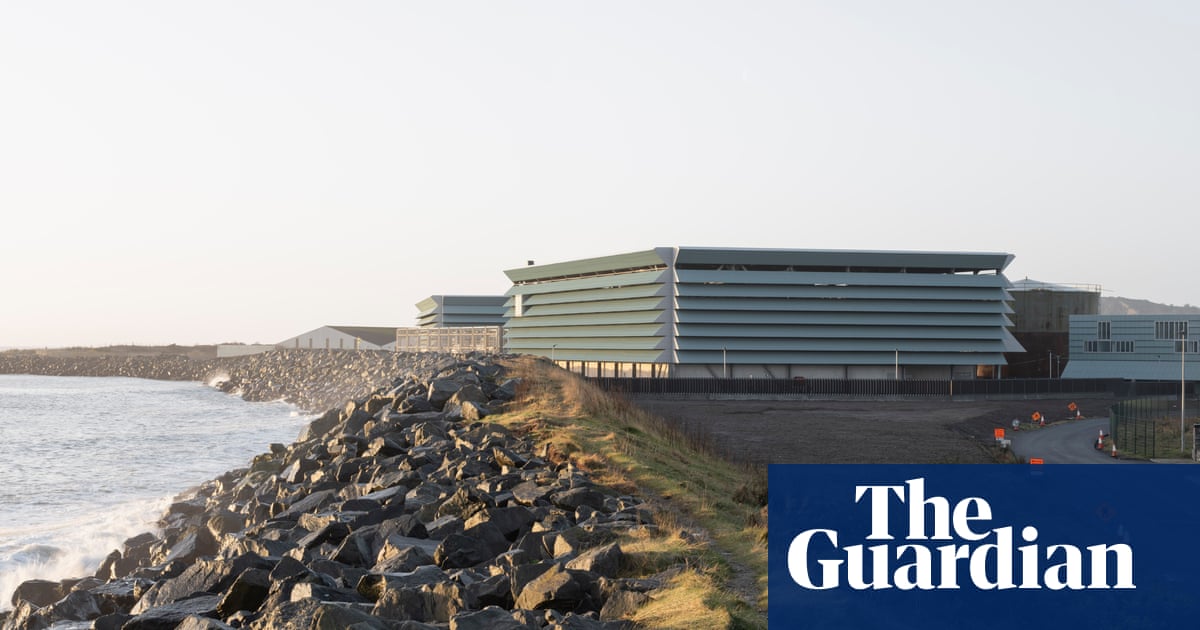
Human review – history at its most irresistibly infectious | Documentary
Published: 2025-07-14 22:25:58 | Views: 24
‘I can’t help it,” says Ella Al-Shamahi. “It reminds me of The Lord of the Rings!” It’s not easy to make prehistory accessible, but a Tolkien comparison works for the time before Homo sapiens ruled the world. Al-Shamahi’s five-part documentary traces the rise of humanity, beginning with the era when Homo neanderthalensis, Homo floresiensis and Homo erectus each staked a claim in their own ragged domain.
Before written history, when our story was “written in our bones and DNA”, some early humans were in Europe and Asia and had adapted to the cold. Some were learning to harness the power of fire. Some were only about 3ft 6in (1 metre) tall. Others wore hard hats and polo shirts – wait, no, that is one of the archaeologists on a dig in Morocco, where a skull named Jebel Irhoud 1 holds many secrets about our early ancestors. It’s the start of a journey that will, in an illuminating first episode, take Al-Shamahi to spectacular locations across Africa and the Middle East.
At the risk of repeating what some critics said seven years ago when Al-Shamahi fronted Neanderthals – Meet Your Ancestors on BBC Two (she has popped up in the odd thing since then), it feels as if a presenting star is being born here. An explorer, paleoanthropologist and standup comedian, she passes all the tests that the job of helming a major science or history series throws up.
Her bits to camera borrow the old Kevin McCloud trick of pretending to come up with big thoughts on the fly and being delighted by them: she will break eye contact, look away to gather something fascinating, then meet our gaze again to emphasise the key point. It’s theatre, but it helps to achieve her main goal, which is to transmit the wonder she experiences as a learned expert to us, the keen but ignorant at home. The urgent whisper she employs in her voiceover – where a less adept presenter would reveal any weaknesses in their intonation – has the same effect.
So we are in the company of the best teacher most of us never had, one who joyfully shares knowledge that is too interesting to be intimidating and who trusts us to keep up. Al-Shamahi is unafraid to toss in arcane paleoanthropological terms if the viewer can draw meaning from context – “gracile” and “prognathic” are about to slide into your vocabulary – or to converse with Moroccan scientists in Arabic. Her best work here has her cradling the Jebel Irhoud skull and using her own head to illustrate how this ancient creature is different from us, yet almost the same. Someone like Homo sapiens, the upright, tool-and-weapon-using primate that became us, existed as far back as 350,000 years ago, much earlier than was once thought.
From there we trace the little breakthroughs that, put together across many millennia, constitute our evolution. Al-Shamahi visits the Great Rift valley in eastern Africa to explain how, 200,000 years ago, climate crises (it was humid in the east and arid in the west, then vice versa) forced communities to move around and mingle, sharing fresh discoveries and their best genes. In Israel, however, we find evidence of one of countless false starts, when Homo sapiens tried to live in the cave next door to neanderthals – a nightmare-neighbour scenario so bad that this branch of Homo sapiens didn’t survive it.
But we persevered. Al-Shamahi highlights the surprising details of how we gained hegemony. In the Tsodilo Hills of Botswana, there are stone tools that, 100,000 years ago, their owners broke. Why? Because they were offerings to a god, made by primates who were starting to “see beyond the tangible” and were developing ceremonies and rituals nourished by abstract thought. In the words of Al-Shamahi, who can turn a lyrical phrase when it’s warranted, we were “venturing into the unknown and into the unseen”. This expansion of the brain delivered practical benefits when, only 30 or so millennia later, curiosity about “the power held in wood and string” saw us move on from axes and spears to the bow and arrow.
The programme’s landscape shots are frequently stunning. On a perfectly unspoiled, dune-flanked African beach, even the tiniest seashells hold a narrative: about 70,000 years ago we started turning them into necklaces decorated with red ochre, a sign that cultural exchanges were under way. Al-Shamahi’s delight in this revelation is irresistibly infectious. In Human, the leap of imagination necessary to understand our very distant past is no distance at all.
Source link







